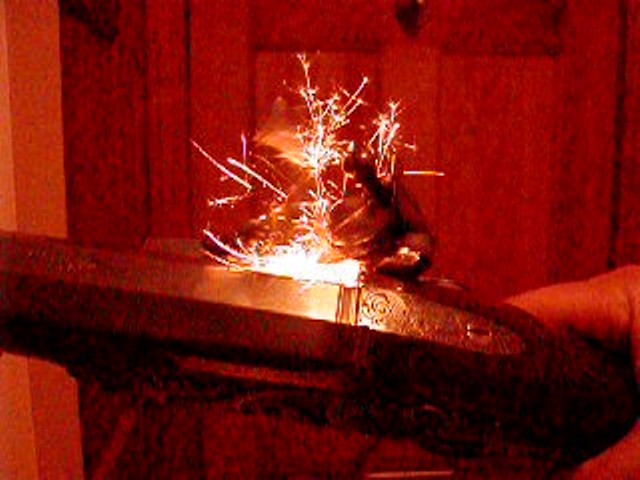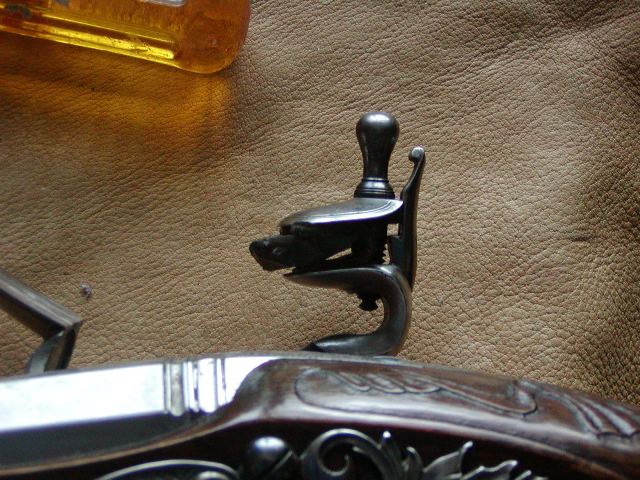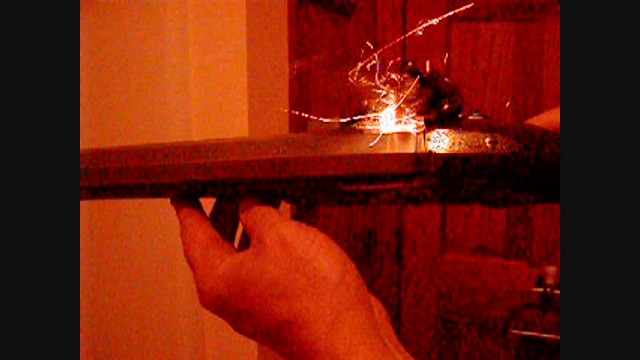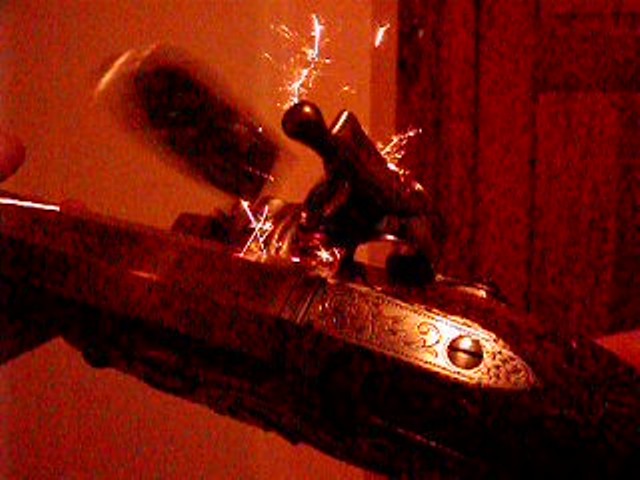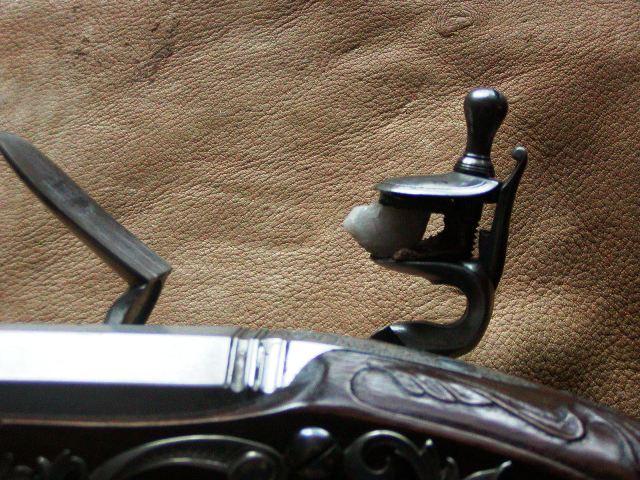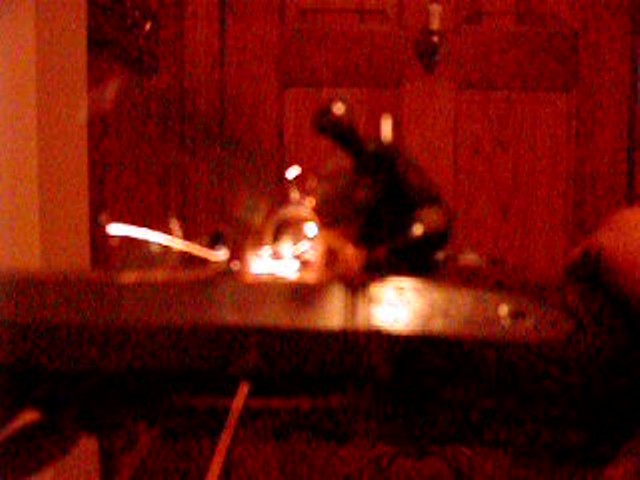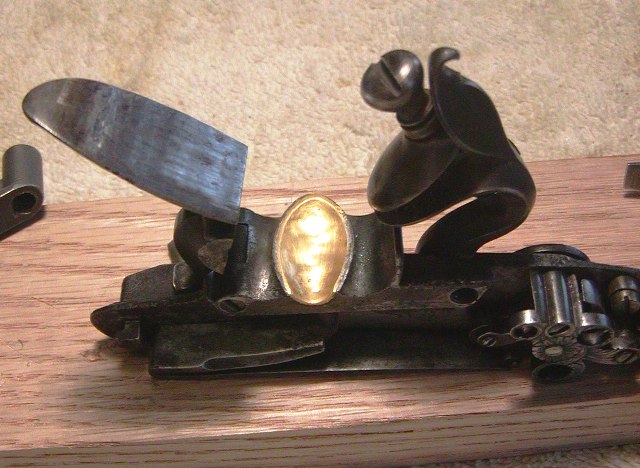- Joined
- Aug 25, 2003
- Messages
- 6,384
- Reaction score
- 1,249
You are the metallurgist, but 40's Rc as you know is in the spring temper range. Not very difficult to cut or do light finishing with a file. I don't think a frizzen that soft would last very long under good flints. Just MHO. I have always found Jim Chambers advice worked well by using a temper heat of 375°f, up to 400°f. If you find 375°f is too hard, you can always re-temper a little higher, but you can't change it if too soft without re-hardening and starting over again.Bob Roller's locks always spark well. Runs in my mind he hardens the frizzens considerably softer than Rc 60-ish, maybe in the Rc 40's. Ask him
Last edited:






